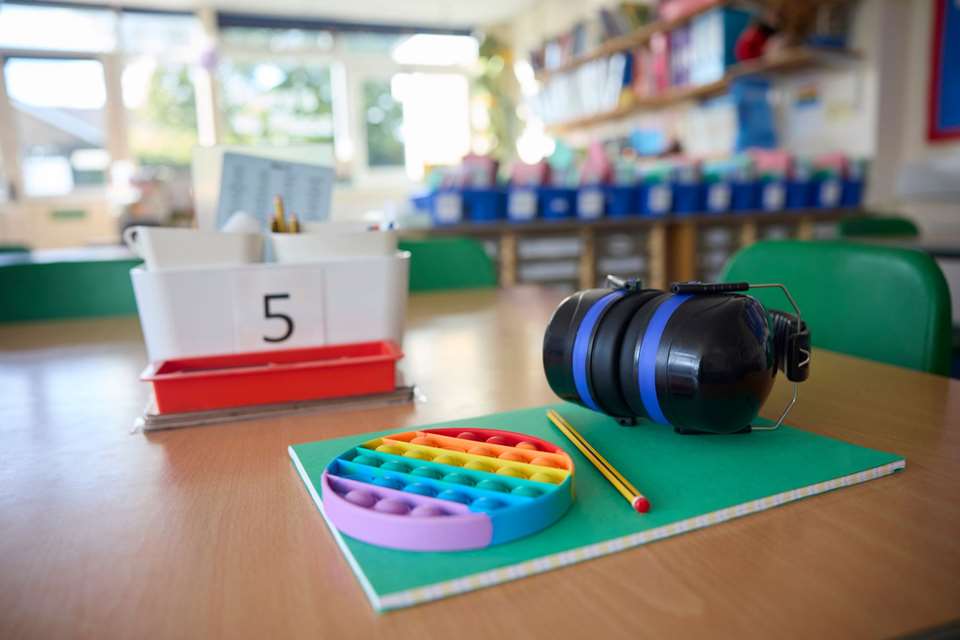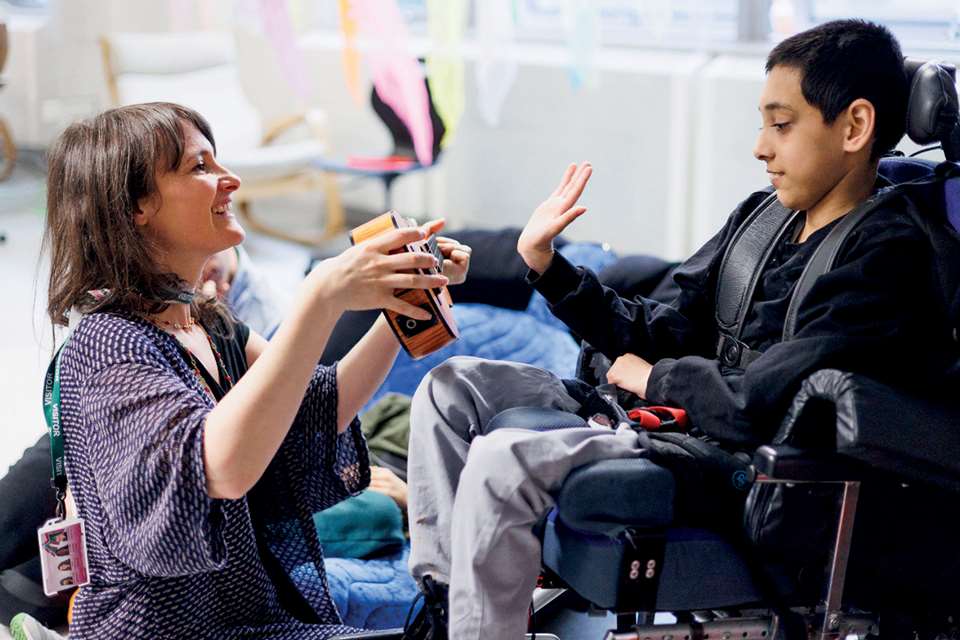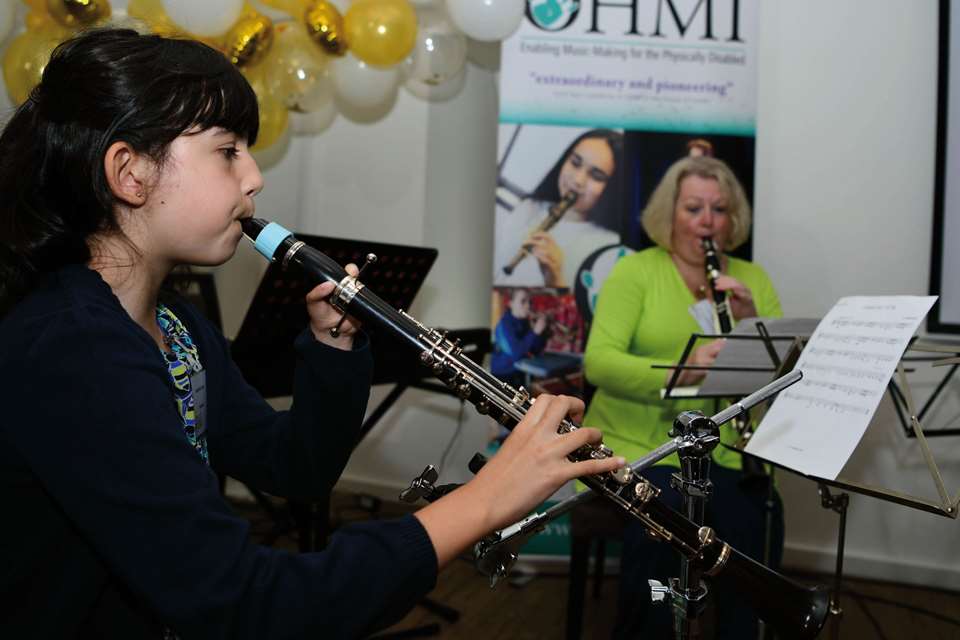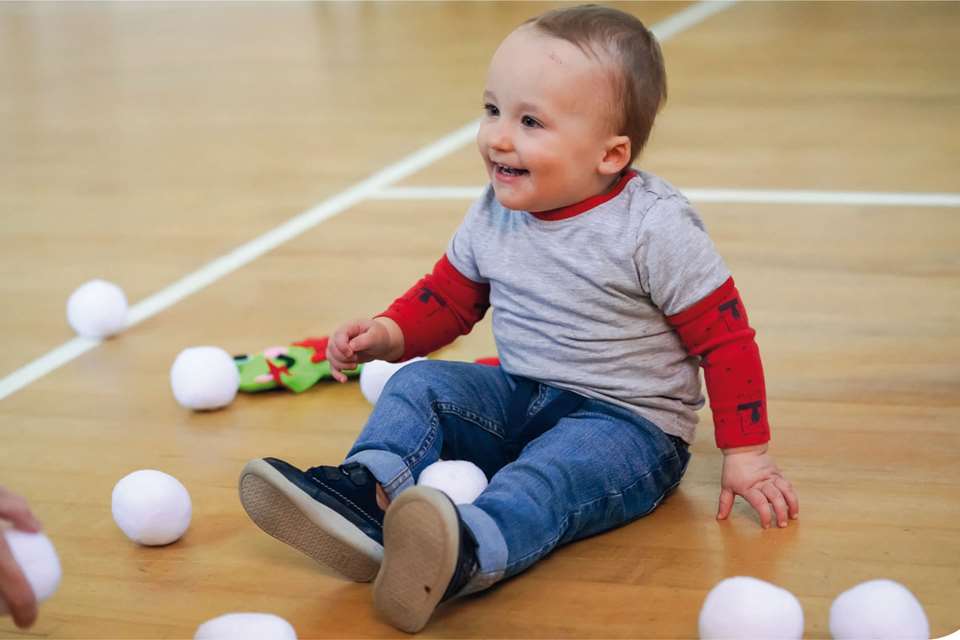Book reviews: Count Me In!
Jimmy Rotheram
Wednesday, May 1, 2024
Jimmy Rotheram surveys a collection of differentiated activities for children with SEND
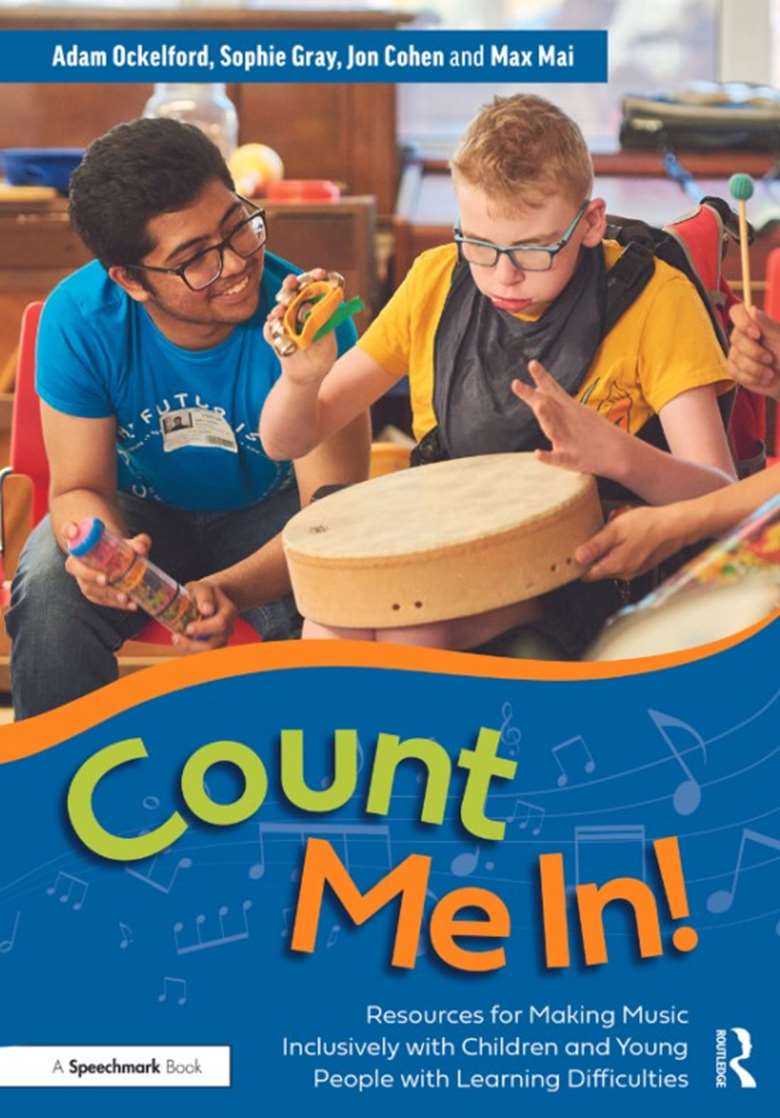
Co-authored by Adam Ockelford, Sophie Gray, Jon Cohen and Max Mai, Count Me In! – resources for making music inclusively with children and young people with learning difficulties is a comprehensive resource combining impressive expertise in research, publications, teaching, musicianship, recording and arranging. Based on the Sounds of Intent framework, which encourages teachers to target activities at their pupils’ and students’ levels of musical development, it contains material that all young people can engage with simultaneously. Pieces are deconstructed into separate activities for ‘sound-makers’, ‘pattern-makers’, ‘motif-makers’ and ‘song-makers’, all supported by assistive technology and a website with free audio.
Music teachers are used to having a wide spread of musical abilities and experiences in any class, perhaps more so in specialist provision. Differentiation is key if the class is to enjoy shared, group musical experiences, and is central to the structure of this resource. Published by Routledge/Speechmark, the book offers 12 pieces of music differentiated for the four levels named above. Each level practises its section’s music before coming together as a large group, and each builds on and reinforces previous activities. This serves a range of those who perceive and create sounds to those with a deep understanding of musical structure and practices, and potentially high levels of musicianship.
For Autumn Elegy, ‘sound-makers’ provide scratching sound effects on drum-skins, or vocalisations. They may choose the sensory experience of rustling leaves in a tray, while others may contribute to the soundscape by triggering downloaded sounds provided by the resource. The ‘pattern-makers’, meanwhile, strike drums, woodblocks or tambourines to the pulse, and trigger downloaded sounds, to create the sound of swallows singing. The ‘motif-makers’ are given specific rhythms and repeated melodic fragments, and create hedgehog sounds, again by triggering samples, or vocalisations. The tasks for ‘music-makers’ step up the challenge considerably. Scores of simple melodies are provided, along with chordal and single-note accompaniments (including single-hand). There is, therefore, a wide range of differentiation, even within the ‘music makers’ sub-group.
As you would expect from such renowned authors, the systems and materials are tried and tested and informed by solid research. There are innovative and imaginative uses of technology and sensory experiences leading to varied music and sound making. The songs cover many genres, are very simple at their root and grow more complex as parts and ideas are added. There are also training opportunities via the website, to support practitioners in developing their approach. This is an incredibly well thought-out resource, and I would say it’s a must for any musicians wanting to learn more about differentiation and assessment in SEND settings.
That said, I am not convinced of the claim that non-specialists will be able to pick up this resource and use it with confidence. While those with musical leanings and enthusiasm may thrive with these materials, I think many would struggle with managing several musical parts and understanding once we get to the ‘music-makers’ stage. Page 36, where teachers are invited to ‘encourage participants to sing or play the tune on a melody instrument’, and are given the names of notes on the keyboard among specialist notation, is an example of where I fear non-specialists will feel out of their depth. The ‘quicker, jig-like beat’ on page 57 is described, notated, and given rhythm syllables, but I know many would need more than this – especially if there are fidelity issues with the rhythm of given words. ‘It’s win-ter’ being given three equally-spaced crotchets is reminiscent of the MMC’s ‘Fish and Chips’. This sort of issue can quickly become problematic with non-specialists. I also wonder if the practitioner up to their ears in paperwork will always have the time to set up these activities, which, if done to the letter, could be time-consuming – setting up trays of leaves, microphones, eye-tracking technology, iPads etc., if indeed they have such equipment. The book always provides low-tech, easy alternatives, yet I can’t help but feel the outcomes will not be as satisfying the further we get from the original model.
Such (minor) issues aside, this is an excellent resource for the SEND music teacher. Activities are highly original and creative, and will likely stir the imagination to branch off into compositional work beyond the pieces here, while providing a template for inclusion. Expectations of what children can achieve are high, and the intelligent differentiation means there is something for everyone to perform, from simple sensory experiences to advanced musicianship. To repeat, this book is a must for music practitioners looking for inclusive group activities for children with learning difficulties.


